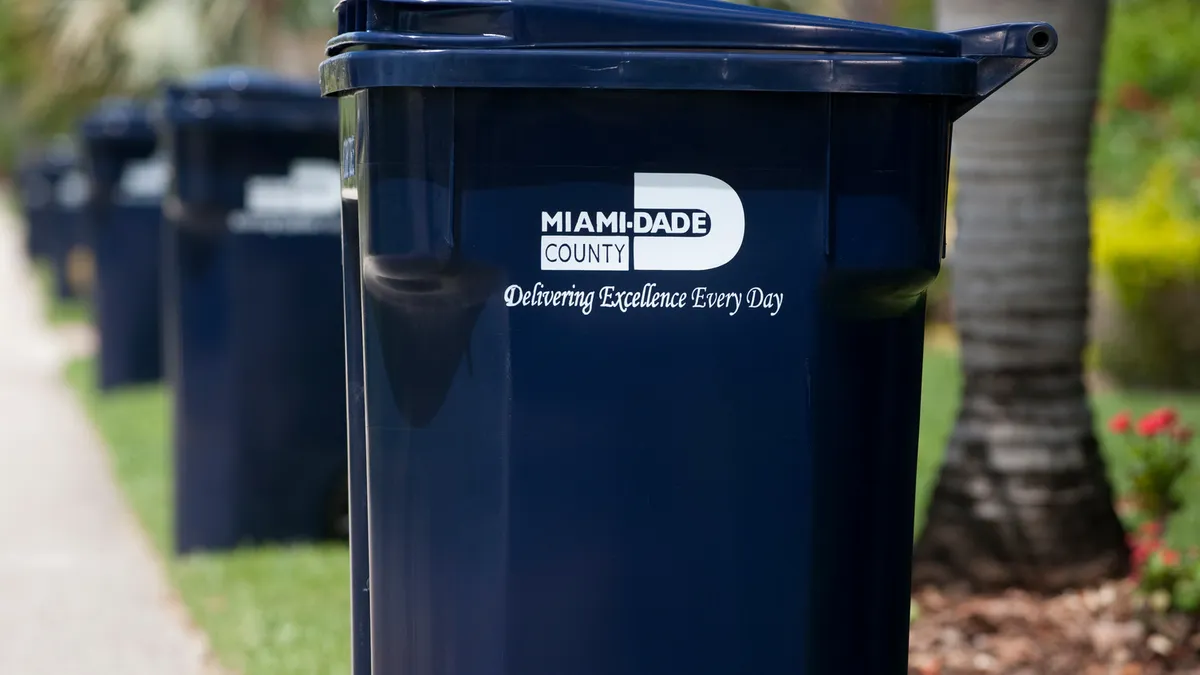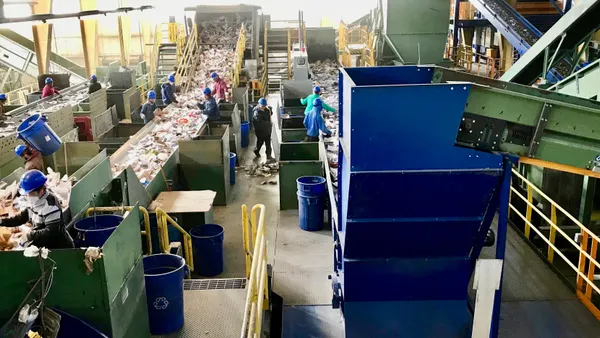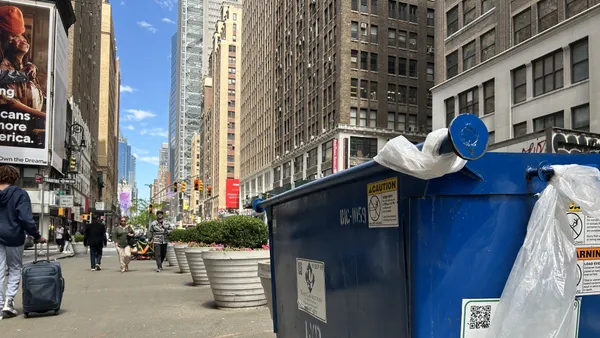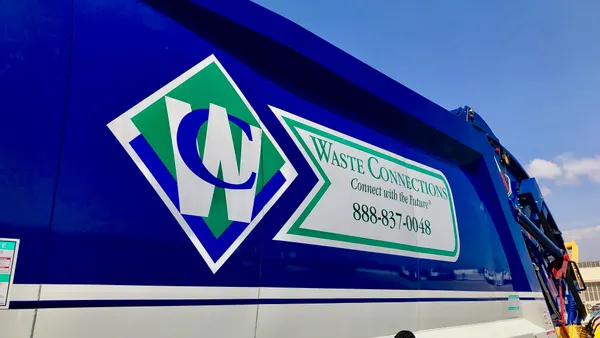Dive Brief:
- Miami-Dade County Mayor Daniella Levine Cava has chosen a new preferred site for a mass burn combustion facility, following a fire that took down the county's former facility in February.
- The proposed location, a former airport near the Northwest corner of the Florida county, is expected to take a decade to come online if permitted to proceed. As such, the mayor's office proposed a suite of changes to address the county's looming waste capacity crunch, including an expansion of the North Dade landfill, enhanced composting and recycling operations and contracting for 1 million tons of annual capacity from private landfills.
- The county must work quickly to minimize costs for a new waste-to-energy facility — up to $200 million in insurance money must be claimed by Feb. 12, 2025, and tax credits from the Inflation Reduction Act that could fund about a third of the project's cost must be claimed by Jan. 1, 2025.
Dive Insight:
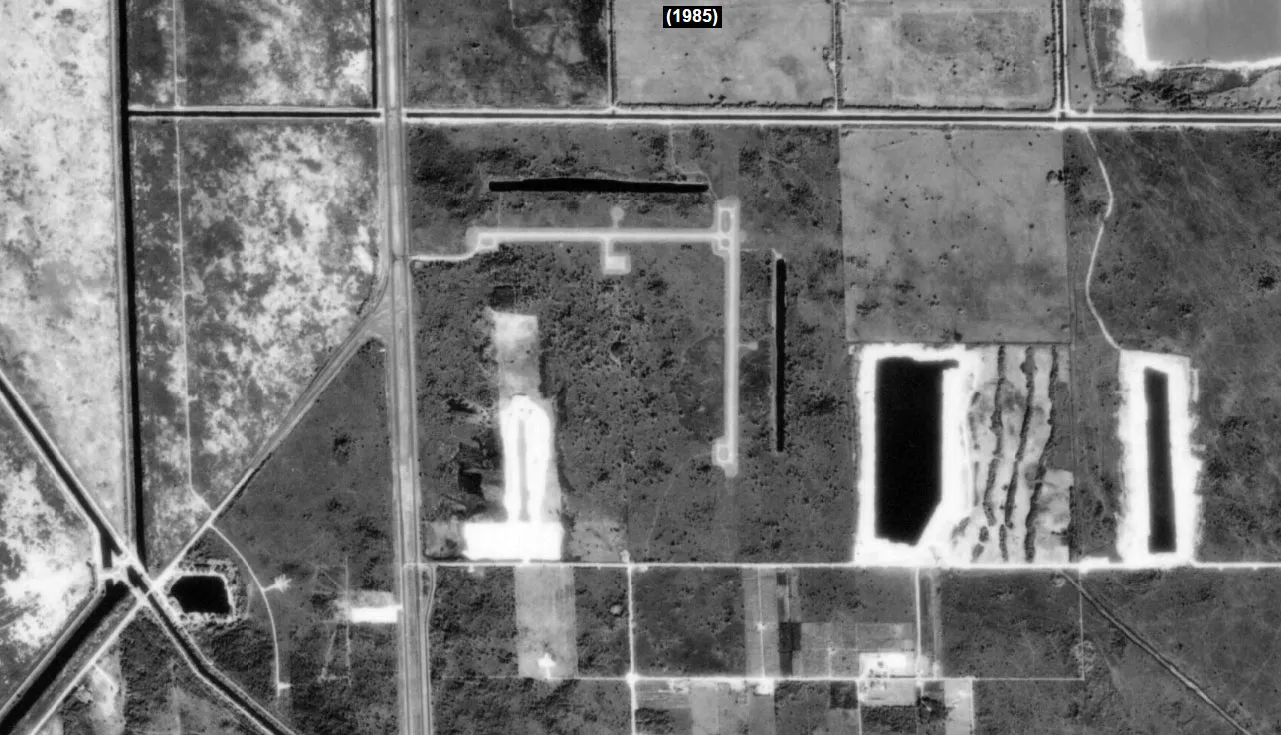
The mayor also identified two alternate sites for a new facility. Her office’s selection of the former Opa-Locka West Airport site as the preferred location for a new resource recovery facility with an incineration plant came after controversy over an earlier plan to build a facility at the Miami-Dade County Resources Recovery Facility in Doral.
The county board made the decision to reuse the Doral location — where the county has owned a refuse-derived fuel combustion facility since 1982 — via a vote last summer. But that plan was complicated when a fire broke out at the facility on February 12. The waste-to-energy plant there, operated by Covanta Energy under contract, shut down because of the fire, and today only a tire shredding operation remains on site.
Following the fire, Miami-Dade County Commissioner Juan Carlos Bermudez successfully passed a resolution calling on the county to reconsider the siting of a new waste-to-energy facility. He viewed a new facility as necessary to replace the 1 million annual tons of capacity the former WTE plant offered, but he wanted it built farther away from the residents of Doral, where he previously served as mayor.
Covanta has proposed that the county reopen the facility it previously operated, but after a third-party review the mayor’s office indicated the proposal was expensive and difficult to justify. Covanta declined to comment.
The report the mayor's office issued Monday lays out the county's present disposal capacity, as well as the challenges it will face in the coming years. It acknowledges an immediate need for capacity, an issue raised by former Department of Solid Waste Management Director Mike Fernandez, who warned that the county may need to stop issuing development permits if it's unable to demonstrate capacity to handle waste from new residents or buildings.
The county's Class III North Dade landfill takes in yard waste and woody materials, and it is projected to reach capacity by 2026. The county's proposed expansion would increase the landfill's maximum height to 135 feet, providing up to 30 years of additional capacity and bringing in more than $400 million in revenue over the life of the expansion.
The county's Class I South Dade landfill takes in general non-hazardous household, commercial, industrial and agricultural wastes and is projected to reach capacity by 2030. The report recommends exploring ways to expand the landfill's permitted capacity, but notes there will be permitting challenges given the nearby Biscayne National Park and Homestead Air Reserve Base.
Private landfills also provide the county with contracted capacity. WM's Medley, Monarch and Okeechobee landfills provide Miami-Dade County with 1.25 million tons of annual capacity in an agreement that runs through 2035, with the option to extend. Waste Connections' JED Landfill provides Miami-Dade County with a further 500,000 tons of annual capacity, which also runs through 2035 and can be extended.
Acquiring state and federal permits for a new incinerator also will obligate the county to begin new diversion programs. To that end, the county is exploring commissioning a biogasification or anaerobic digestion facility co-located with the new incinerator to handle organic waste. It's also planning to roll out mulching and compost capacity to handle yard waste.
Cava had previously suggested shipping waste out of the county via rail, and the report did not rule it out. The mayor's office reports that railroad operator CSX could ship up to 400,000 tons of waste to landfills annually following the construction of a transfer station, which could take 12 to 18 months. The county already expects it would need to build a transfer station at the site of its former WTE facility if it proceeds with the Opa-Locka site, given its distance from population centers.
The county expects to put insurance money from the former facility’s fire toward building a new facility, but under county law that money must be allocated two years after the initial incident. To meet that deadline, and keep the county’s capacity crunch to a minimum, the mayor also recommended submitting two alternate sites to the state of Florida and U.S. EPA for a preliminary review.
The review is expected to take six to 12 months, and it would give the county a sense of the authorities’ openness to Miami-Dade County’s preferred site or one of its selected alternatives. Those alternate sites would be the existing WTE site and a location that’s privately owned near the Medley landfill.


